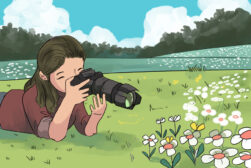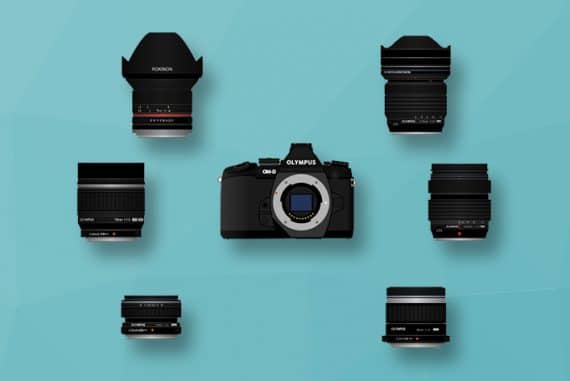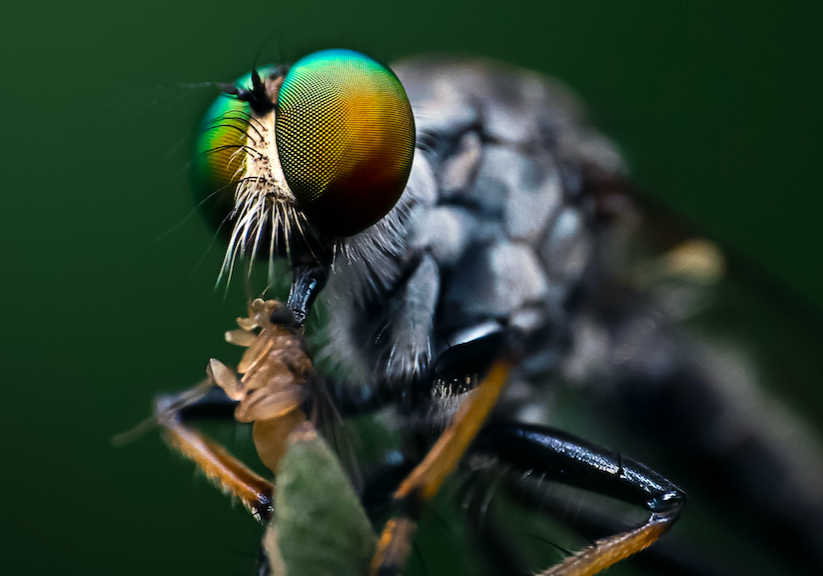
Micro Photography (Definition, Equipment & Pro Tips)
Learn the difference between Close-up, Macro, and Micro Photography and discover how to get the best results when taking pictures of tiny objects.
Learn | By Judyth Satyn
Using micro photography techniques you can capture stunning photos of the hidden and rarely seen micro world.
This guide to micro photography will teach you what equipment pro photographers use for this intriguing art form.
Learn the difference between close-up, macro, and micro photography, plus some tips on taking pictures of tiny objects.
Get ready to enter the miniature domain to capture high-detail professional shots and bring them into focus for all to enjoy.
Table of Contents
What is Micro Photography?
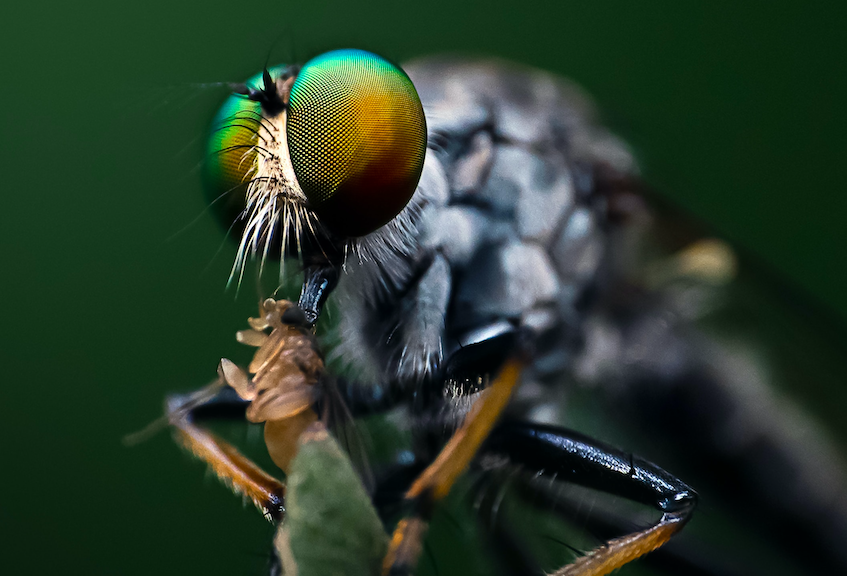
Image: Sahil Muhammed
In a nutshell, the definition of micro photography is the magnification of a small object.
Micro photography makes it possible to obtain highly detailed shots of the rarely captured micro world.
It captures and magnifies the intricate details otherwise invisible to the naked eye.
Regular photography takes a large object and makes it small.
The Eiffel Tower will be shrunk to fit neatly into a small Polaroid to be carried in your pocket.
Micro photography is the opposite of regular photography; instead of decreasing the size of the subject, it increases it.
It takes a microscopic subject and magnifies it.
Using micro photography, a spider that can barely be seen crawling across the floor will be magnified so the details in its eyes will be visible.
Micro photography gives a spectacular view into an unseen world, which exists right under our noses.
It brings to attention what is barely visible to the naked eye – a back garden full of insects, tiny watch mechanics, and water drops.
One amazing aspect of micro photography is that the subjects will be discovered everywhere.
Micro photography is only possible with the use of a specialized macro lens or magnifying the subject even further with microscope photography.
What’s the Difference Between Macro, Micro, and Close-Up Photography?
There is often some confusion concerning the definitions of micro, macro, and close-up photography, thus the definitions can mistakenly be interchanged.
A close-up of a subject can be achieved with any camera at a non-specified distance.
It is categorized as close-up photography as long as the shot is taken only a short distance from the subject.
In short, there is no concise definition for close-up photography instead, it can be used to describe all photography taken in close range.
Physically close isn’t the same as micro, it’s just close, it could be blurry, it might have no detail and it most likely will not magnify the subject.
Close-ups definition encompasses close-up photography, macro photography, and micro photography.
Macro, by definition, is a photograph with a 1:1 magnification, where the size of the subject is equal to or greater than the object in real life.
Any subject can be photographed large or small, but not micro.
It is a blurry line between macro photography and micro photography, and sometimes the names are mistakenly interchanged.
In summary, macro photography involves capturing close-up images of relatively larger subjects.
While micro photography involves capturing images of extremely small subjects that require magnification beyond what is achievable with a standard camera lens
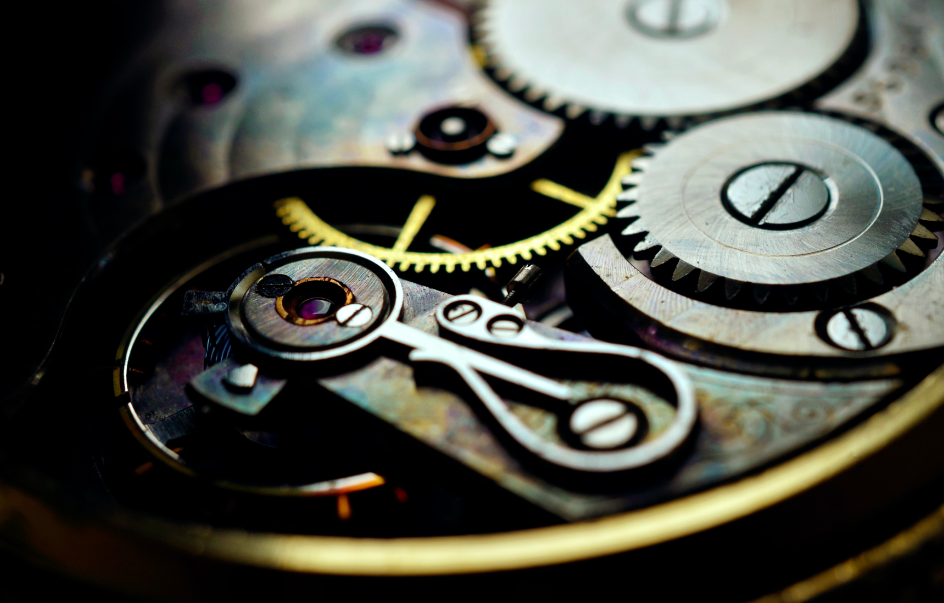
Micro Photography Equipment Recommendations
The most integral element to taking professional micro photos is using a lens specifically designed for the task.
Arguably any camera will work well for micro photography as long as a quality micro photography lens can be attached.
However, a large sensor will facilitate better range and image quality.
Other types of equipment worth considering to capture high-quality micro photographs are tripods, lighting equipment, and wireless cables.
So let’s check out the best of the best – the top-quality micro photography equipment on offer.
Micro Photography Lenses
Shooting up close is not complicated, but macro photography is; you will need a specialized lens for optimum results.
Macro lenses are purpose designed, a micro photography lens will increase the size of the subject to larger than real-life size.
Regular photography lenses have a minimum focus distance so it is not possible to get close enough to the subject to focus for a true micro shot.
Macro lenses have a magnification of 1x or higher making them capable of shooting details invisible to the naked eye.
Factors to take into account when considering a macro lens are the focal length, aperture, image stabilizer, and focus of the lens.
A lens with a longer focal length is desirable when shooting micro and macro photography as it allows you to focus and magnify from further away.
Typically a macro lens will have a maximum aperture of f/2.8 facilitating low-light shoots.
Inbuilt lens image stabilizers will help reduce any shake caused by the shutter button or wobble when handheld.
The slightest movement will result in an out-of-focus subject when taking photos in a depth of field as low as micro.
Macro lenses are almost always autofocus, although some are manual. See also the best iPhone macro lenses and how to shoot macro pictures with an iPhone.
And just a side note, sometimes Cannon calls their micro photography lenses, not micro lenses but macro lenses, so don’t be confused.
Canon RF 100mm f/2.8L Macro IS USM
- 1.4X – Maximum magnification.
- Close Range Focus – Focusing distance as close as 26cm.
- Automatic Focus – Tracks subjects easily.
- f/2.8 G – Capture detail in low light.
- L Series Durability – Protected against water drops and dust.
- Spheric Aberration (SA) – Adjust the image’s background bokeh.
- 5 Stop Image Stabilization – Reduces the impact of camera shake.
- Silent Wave Monitor – Enables high-speed autofocusing.
Canon EF 100mm f/2.8L Macro IS USM
- 1X – Maximum magnification.
- Close Range focus – Focusing as close as 30cm.
- Automatic Focus – Tracks subjects.
- f/2.8 G – Capture images in low light.
- L Series Durability – Protected against water drops and dust.
- Spheric Aberration (SA) – Adjust the background bokeh.
- 5 Stop in Lens Image Stabilization – Reduces the impact of camera shake.
- Silent Wave Monitor – Enables high-speed autofocusing.
Nikon AF-S DX Micro-NIKKOR 40mm f/2.8G
- 1X – Maximum magnification.
- Natural Background Blur (Bokeh) – Isolates the subject using background blur.
- CRC (Close Range Correction) – For superior focusing at close range.
- Automatic & Manual Focus – More control for the photographer.
- f/2.8 G – Capture images in low light.
- Silent Wave Monitor – Enables high-speed autofocusing.
- Lightweight & Compact – Perfect for on-the-go macro photography.
Nikon AF-S 105mm f/2.8
- 1X – Maximum magnification.
- Nano Crystal coating – Reduces flare and ghosting.
- Nine-blade Aperture Diaphragm – For selective focusing and bokeh quality.
- One-inch focusing distance – For extra close-ups shots.
- Automatic & Manual Focus – More control for the photographer.
- f/2.8 G – Capture images in low light.
- Vibration Reduction (VR) – Reduces the impact of camera shake.
- Silent Wave Monitor – Enables high-speed autofocusing.
- Weighs 1.74 pounds – Not suitable for on-the-go photography.
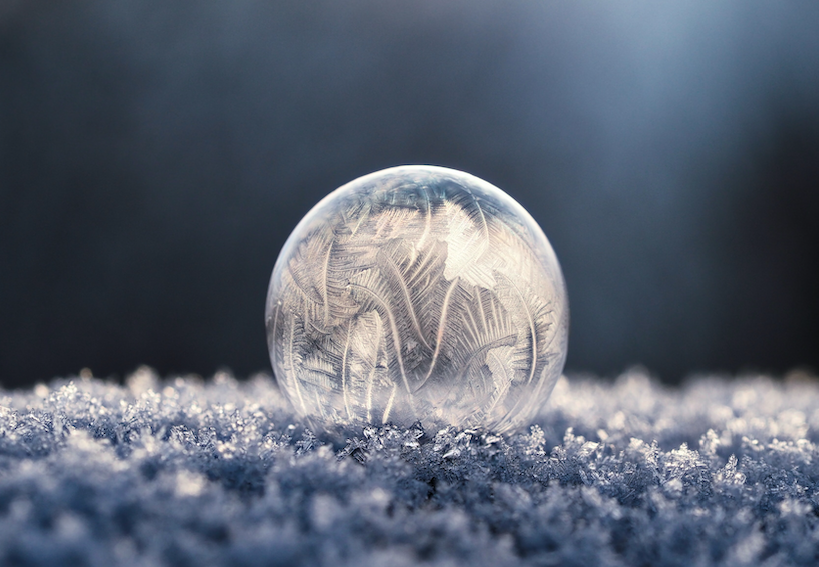
Image: Aaron Burden
Lens Tips :
1. When buying a macro lens to photograph living subjects such as insects, it is important to consider the closest focusing distance.
The proximity needed if you have a short focusing distance could potentially disturb your subject, resulting in no subject.
It also means you will not be as prone to casting an unwanted shadow over your subject.
2. Not all lenses are created equally, and this is especially true regarding macro lenses.
Some are made with the highest quality optical glass, and others are made with substandard glass.
When buying macro lenses, we advise you not to buy a secondhand lens but instead spend the extra buck and invest in a brand-new lens.
This is not as important with other lenses but at this level of magnification, even undetectable scratches and minute defects can be transferred to the final image.
Micro Photography Cameras
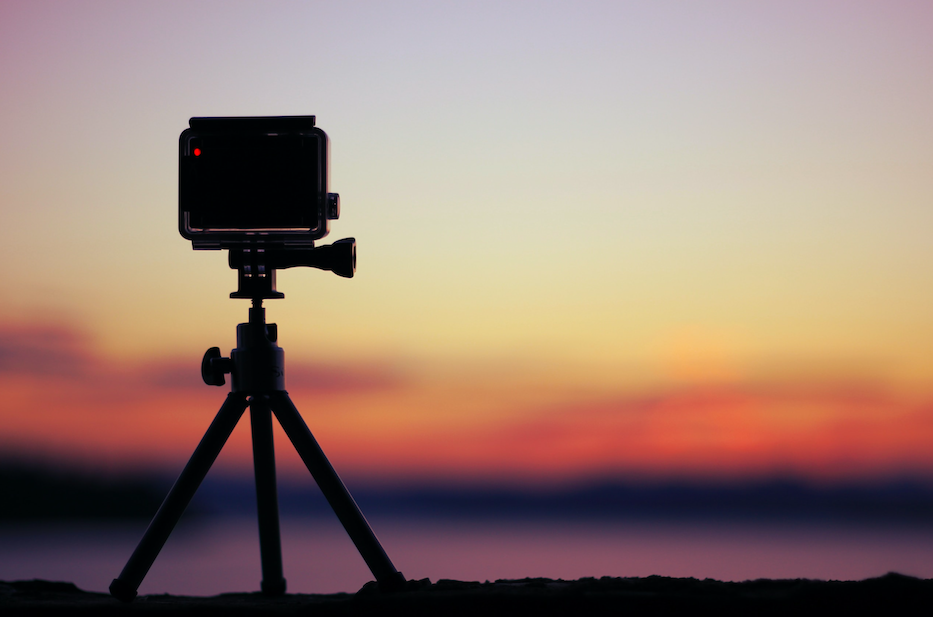
Indisputably the macro lens is infinitely more important than the choice of camera, but to delve deep into the micro dimension will require a quality camera for macro photography.
There are some things to consider when choosing a camera for micro photography, such as lens compatibility, weight, sound, and processing speed.
Or deciding if a DSLR camera or a mirrorless camera will suit your needs better.
In a mirrorless camera, the lens sits closer to the sensor as there is no mirror in between, thus it is less bulky and easier to travel with.
The fast and silent shooting capabilities of a mirrorless camera make it favorable for micro photography.
Here are two of the best cameras to use for micro photography:
Canon
- Full Frame Sensor – Allows for a shallow depth of field.
- 1/16000 Shutter Speed (Electronic) – Super fast shutter speed.
- Fast Shooting Speed – 40 frames per second.
- DIGIC X – Processing system.
- ISO of 102,400 – Capture images in low light.
- Advanced Subject Tacking – Tracks moving subjects.
- Automatic or Manual – More control.
- Light Weight & Compact – For on-the-go photography.
- 5-axis VR image stabilization – Reduces camera shake
- 1/8000 Shutter Speed – Fast shutter speed.
- EXPEED 6 – Fast processing system.
- ISO Expandable to 102,400 – Capture images in low light.
- Focus Shift Shooting Mode – Snaps a series of up to 300 images.
- Automatic or Manual – More control.
- Full Frame Sensor – Allows for a shallow depth of field.
- Silent Mode – Will not disturb minute subjects.
- Dual SD Card Slots – More storage space.
- Compatible with both Z-Mount and F-Mount lenses.
- Remote Control – View and control from your phone.
- Weather Sealed – Protected against dust, dirt, and moisture.
Other Micro Photography Equipment
Focusing at this level of magnitude is tricky, so it is better to use higher-quality equipment for the best results.
Here is a list of some micro photography equipment worth investing in.
Tripods.
You will want the most stable tripod on the market.
If the camera moves a fraction of a millimeter at this level of magnification it will be noticeable.
A tripod with a removable central column that can be swung down or out will have the advantage of flexibility for diverse shooting angles.
If you plan to shoot in the surrounding countryside you will want a tripod that is light for trekking so you won’t be weighed down.
Vanguard Alta Pro 263AB 100 Aluminum Tripod with SBH-100 Ball Head
This tripod is one of the top picks for Micro Photographers.
The central column can be attached to the tripod legs allowing you to shoot at angles other tripods wouldn’t permit.
It has a good spectrum of motion and the legs flatten out to an incredibly low position.
Its rubber feet have spikes providing extra grip making it incredibly desirable for shooting micro photography in the wild.
Lightness and stability are extra bonuses in this winning tripod package.
Benro Mach3 2 Series Carbon Fiber Tripod
The top advantage of the Benro tripod is that it is so lightweight, thanks to carbon fiber.
You won’t even notice you are carrying it, making it perfect for on-the-move photography.
It has reasonable flexibility, with a minimum height of 15.2 inches, although it has no center column.
With good stability, it is a reliable and inexpensive choice for those who want to get started.
Remote Trigger
The last thing you want to do is knock the camera out of focus when pressing the camera’s shutter button.
This simple action can cost you more than one shot.
A cableless wireless remote trigger will do the job, allowing you to shoot the photograph without needing to touch the camera.
Light
Good lighting is essential for clarity and achieving defined detail when photographing the micro world.
Lighting products such as lens mount led-ring lights will aid in achieving sharp focus.
Another option for crisp images, favored by micro photographers, is using two flashes positioned on either side of the subject.
Now you are equipped to explore the exciting potential of micro photography.
You will be amazed at what you can capture and the weird and wonderful world that awaits you.








